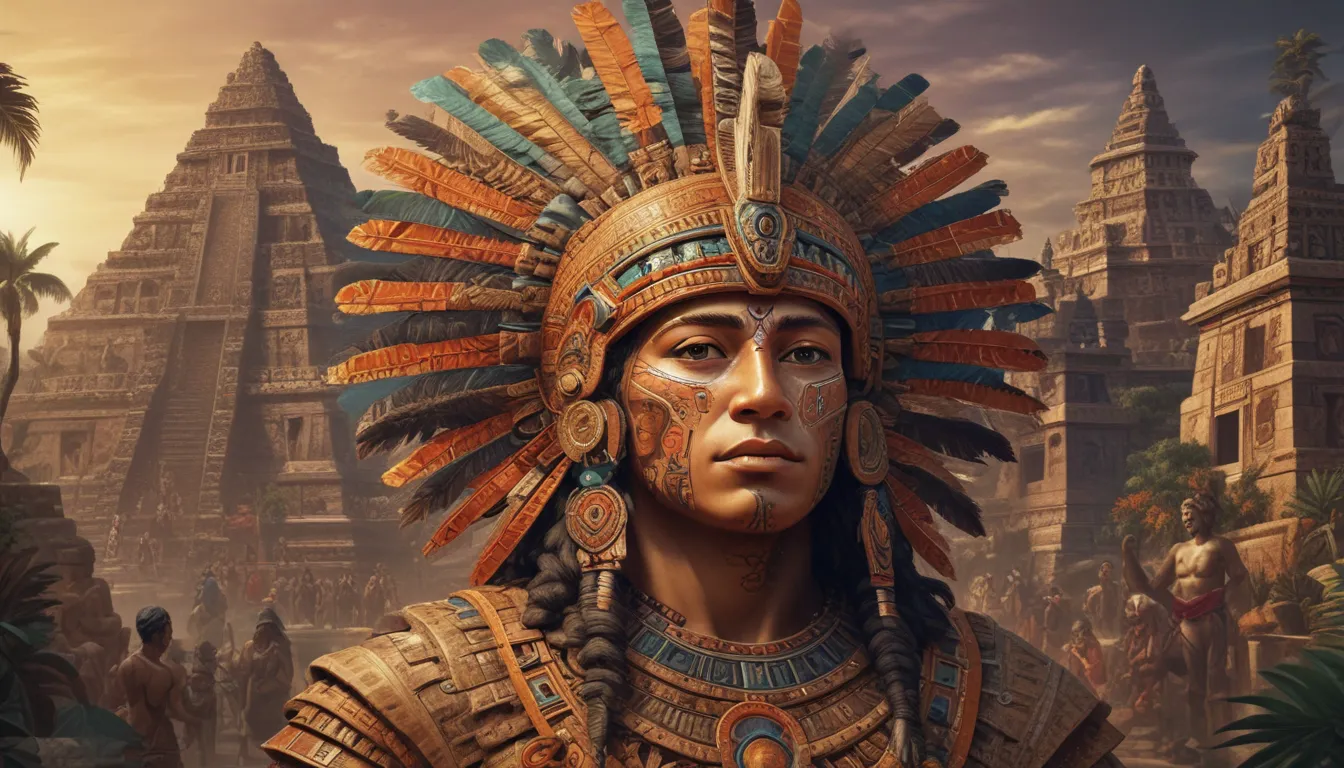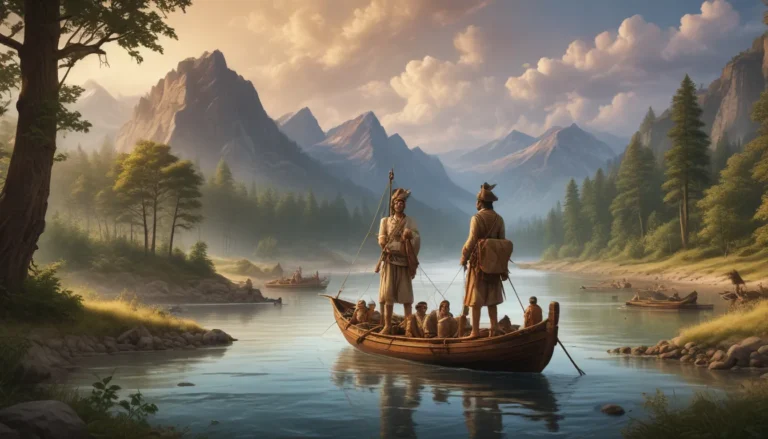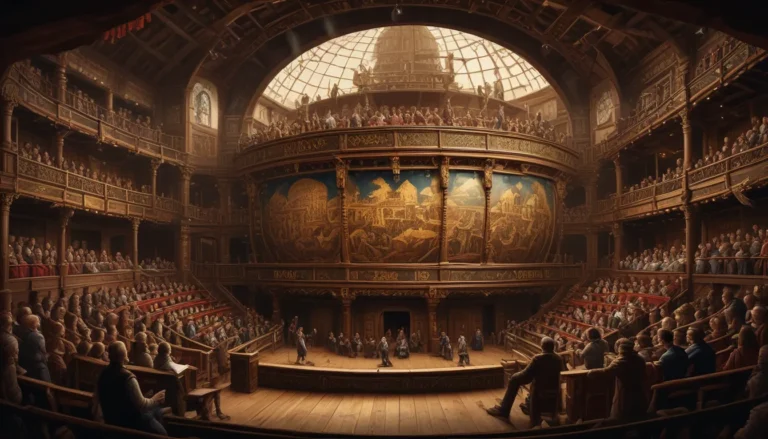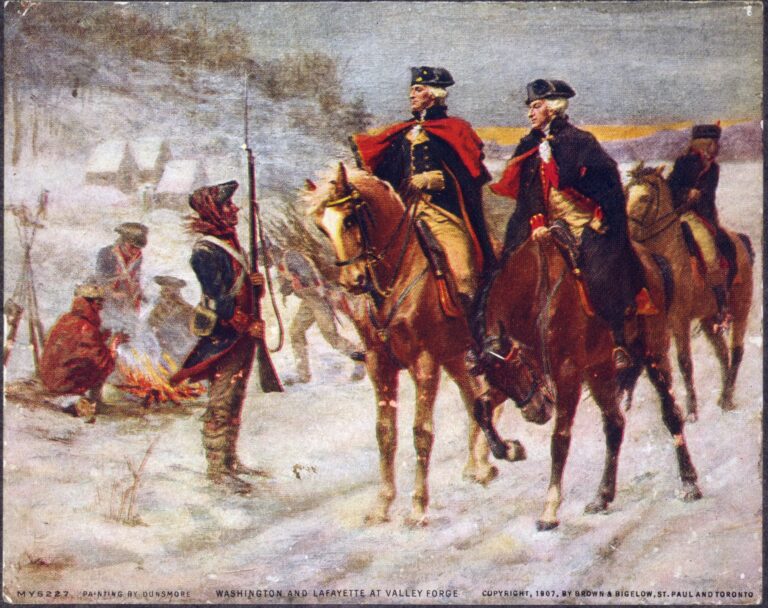The images in our articles may not match the content exactly. They are used to grab your attention, not to show the exact details in the text. The images complement the text but do not replace it.
Welcome to a journey through the captivating world of the Aztecs, a civilization that flourished in Central America. From their origins to their societal structure, beliefs, and interactions with the Spanish conquistadors, the Aztecs left a lasting legacy that continues to fascinate and intrigue us. Let’s delve into the vibrant tapestry of Aztec history and culture, uncovering valuable insights and intriguing facts along the way.
Unveiling Aztec Heritage: The Mexica Civilization
The Aztecs, though commonly known by that name, actually referred to themselves as the Mexica. This distinction sheds light on the religious and cultural significance of their identity. The term “Aztec” was a general classification for people who spoke the same language, hailing from the region of Aztlan in Northern Mexico before migrating to Central Mexico. The Mexica, alongside the cities of Texcoco and Tlacopan, shared the name that would later inspire the modern country of Mexico and its people.
Nahuatl, the official language of the Aztecs, served as a linguistic link connecting the diverse peoples of the empire. Rooted in ancient traditions dating back to the 7th century, Nahuatl evolved with the Aztecs’ migration and conquests, leaving a significant linguistic legacy that persists in Mexico’s rural regions to this day.
Scholars believe that Nahuatl writing, based on pictograms rather than phonetic letters, reflects the Aztecs’ unique approach to written communication. This intricate system, influenced by older civilizations like the Zapotecs, allowed for the expression of complex ideas through symbolic imagery, enriching the cultural tapestry of the Aztec civilization.
The Legacy of Tenochtitlan: Heart of the Aztec Empire
At the heart of the Aztec Empire stood Tenochtitlan, a majestic city that reigned over the Triple Alliance of Tenochtitlan, Texcoco, and Tlacopan. Tenochtitlan’s dominant position symbolized not only political power but also cultural and religious importance, serving as the focal point for Aztec society.
Modern-day Mexico City now stands on the ancient ruins of Tenochtitlan, a testament to the enduring legacy of this once-great civilization. The transformation from Aztec capital to Spanish colonial center marked a pivotal moment in history, reflecting the complex dynamics of conquest and cultural exchange that shaped the region.
The Aztecs’ ingenuity in managing the waters around their capital through a series of dams showcased their advanced engineering skills. By harnessing natural resources and implementing innovative solutions, the Aztecs created a sustainable urban environment that thrived amidst challenging geographical conditions.
The Social Fabric of Aztec Society: Class Structure and Governance
Within Aztec society, a three-tiered class system defined social and economic relations. At the pinnacle stood the pipiltin, or nobility, comprising a privileged few who wielded influence and power. In contrast, the macehualtin formed the majority of the population, encompassing farmers, warriors, merchants, and artisans who played vital roles in sustaining the empire’s economy and infrastructure.
The calpulli, akin to clans or cooperatives, served as the basic unit of organization within Aztec society, fostering community ties and supporting local governance. Above the calpulli loomed the altepetl, or city-state, each ruled by a tlatoani who governed in consultation with the Mexica Emperor in Tenochtitlan. This decentralized structure allowed for regional autonomy while fostering unity under the umbrella of the Aztec Empire.
Aztec slavery, distinct from its European counterpart, reflected a system rooted in punishment, debt repayment, and social status rather than racial hierarchy. The principles of justice and mobility guided Aztec attitudes towards slavery, creating a nuanced perspective on labor and servitude within the empire.
Nurturing Economic Prosperity: Trade, Markets, and Agriculture
The Aztec economy, grounded in barter and tribute rather than currency, showcased a sophisticated system of exchange and production. Goods and services flowed through a network of markets, where strict regulations ensured fair trade and quality control, reflecting the Aztecs’ emphasis on commerce and commerce.
Merchants, known as pochteca, played a crucial role in facilitating trade across the empire, journeying far and wide to acquire exotic goods and share cultural insights. These intrepid traders formed exclusive guilds and upheld the standards of integrity and expertise in conducting business within the Aztec world.
Agriculture stood as the backbone of Aztec prosperity, with innovative techniques such as terracing, irrigation, and chinampas transforming the landscape into fertile farmland. The Aztecs’ deep understanding of agricultural science and engineering enabled them to harness the land’s resources effectively, ensuring sustainable food production and economic stability.
Rituals, Religion, and Sacrifice: Unveiling Aztec Beliefs and Ceremonies
The spiritual beliefs of the Aztecs revolved around a pantheon of gods, including Huitzilopochtli, Tlaloc, Tezcatlipoca, and Quetzalcoatl, each governing different aspects of life, nature, and the cosmos. Rituals and ceremonies formed a central part of Aztec religious practices, with human sacrifice playing a significant role in appeasing the gods and maintaining cosmic balance.
Contrary to popular misconceptions, Aztec sacrifices were not forced but seen as honorable offerings made willingly by individuals seeking divine favor and communal welfare. The complexities of Aztec mythology and cosmology underscored a vibrant and multifaceted belief system that embraced both life and death as interconnected elements of existence.
The Templo Mayor, a monumental temple complex in Tenochtitlan, stood as a focal point for religious ceremonies and rituals, symbolizing the spiritual and cultural heart of the Aztec Empire. The architectural grandeur and symbolic significance of the Templo Mayor reflected the Aztecs’ dedication to honoring their gods and ancestors through elaborate ceremonies and offerings.
Legacy and Controversies: Revisiting Aztec History and Heritage
The legacy of the Aztecs resonates through the centuries, shaping Mexico’s cultural identity and historical narrative. From the controversies surrounding figures like Malintzin to the scholarly debates over Aztec governance and achievements, the complexities of Aztec history continue to inspire intrigue and reflection.
As Mexico gained independence and sought to reclaim its pre-Hispanic heritage, a revival of interest in Aztec culture and history emerged, reshaping public perceptions and scholarly investigations. Mexican leaders like Porfirio Diaz supported archaeological studies and cultural preservation efforts, underscoring the enduring significance of the Aztec legacy in modern Mexico.
Through art, language, cuisine, and customs, the Aztecs’ influence remains woven into the vibrant tapestry of Mexican culture, enriching the nation’s heritage and inspiring new generations to explore the depths of this ancient civilization. Today, as we unravel the Aztec facts and delve into their fascinating world, we pay homage to the enduring spirit of a civilization that continues to captivate and enchant us with its mysteries and treasures.
In conclusion, the Aztecs’ legacy serves as a testament to the resilience, creativity, and complexity of human civilization, inviting us to explore the depths of history and culture with curiosity and reverence. Let us embrace the wealth of knowledge and insights offered by the Aztec civilization, learning from their triumphs and tribulations as we navigate the intricate tapestry of our shared past and present.
Join us in celebrating the wonder and wisdom of the Aztecs, an ancient civilization that continues to illuminate our path with knowledge, inspiration, and timeless lessons. As we journey through the realms of Aztec history and culture, may we find renewed appreciation for the diverse tapestry of human experience and the enduring legacy of those who came before us. Thank you for embarking on this enlightening exploration of Aztec facts and heritage.






